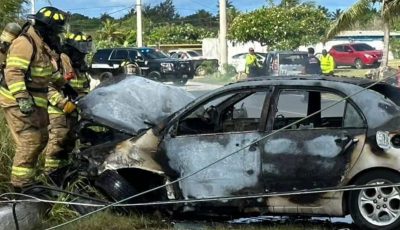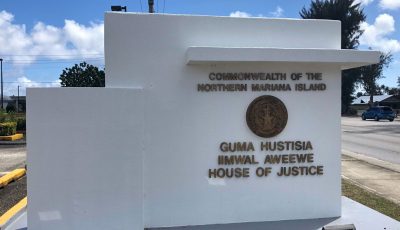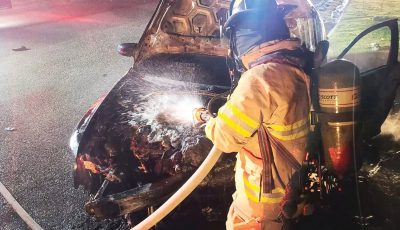Tiananmen Squared
I met my sister and her husband in Beijing. She presented at the International Conference of Nurses in Seoul, and I thought I’d accompany their walk through Tiananmen Square on their first visit to North City (bei jing) of the Middle Realm (Zhong Guo).
The Tiananmen 1989 of my recollection was open; regular folks were on the Square with no uniformed security personnel on sight; the heroes tower was there for picture taking, and the mausoleum of Mao Zedong was open to the public.
It is now squared with layers of security personnel. Getting there from Qianmen north of Beijing’s hutong (old servants’ quarters) used to be a stroll across the street. No longer. The place has become so maddeningly regulated that foot traffic is strictly through underground tunnels.
Up-and-down stoic glances to assess if one fitted a profile were too common for comfort. Understandable, it is hardly justifiable; but China is used to the rule of authority with no complaints broadcast from local quarters.
But symbol is key, and Tiananmen is a high profile symbol of Beijing and China, abused once too many times recently, defiled and sullied by foreign reporters out for a dramatic story or a challenge to the symbol the Square represents. After all, the “Chinese are Commies” remains a biased catch phrase.
The solo guy frequently portrayed to defy martyrdom of international media in front of lined tanks in Tiananmen turned out to be less than an intentional act of heroic defiance as usually presented. In fact, it turns out to be no defiance at all, questionable that it even occurred at the Square since the alleged ledge from which it was supposed to have been filmed from the Beijing Hotel does not look into the Square.
No matter, the labeled “student massacre” in Tiananmen Square did not occur; the students evacuated Tiananmen the day before the alleged massacre. Still, the military action that occurred on striking workers is often labeled as the student massacre at Tiananmen!
My sister, her husband, and I, all came from MERS country. Cautiously, I kept to my corner at Pusan letting the coronavirus with its viral crown elsewhere.
We did Beijing—the Forbidden City (peak season and the local tourists toured with their whole household) and Wangfujing (the Paseo of Beijing, if one may be allowed such gross comparison) the first day, the Temple of Heaven quad and Tiananmen Square the second, then the Great Wall at Mutianyu on the third. The fourth was hotel check out. After three days, our ambulatory and respiratory states were revealed to need more than a little adjustment.
The Temple of Heaven was a walk in the Park. Members of the regal houses of the Ming and the Qing dynasties lit their incense sticks there. But it was the trip to the Great Wall at Mutianyu that was memorable. I visited the Great Wall at Badaling in ’89, and another site in 2011. I was going to be guide 2015, renting a car that was cheaper than the cost for three on a bus tour. But the driver thought it was better to see the newer Mutianyu a good 10 km further than Badaling, the older and latter crowded now that public bus and the commuter rail is extended to the place. It made sense.
We were not disappointed but for the additional tourist trap cost. From the parking lot we walked past aggressively bothersome souvenir shop keepers to a bus that took us to the cable car that carried us up to one of the Great Wall’s highest point. We spent four hours on the trek forgoing the curio shops given that the ambulatory and respiratory challenges were pronounced though more with my younger sister and hubby. My regular walks on the lagoon pathway paid off.
Coal plants around Beijing were not accommodating. The skies stayed overcast, the magnificent view from a high elevation was hazy. The cable car at one end and the ski lift not a few walls down a-ways were not connected services so one cannot get up on one and get down on the other. Getting up to the ramp was a major effort enough.
“Take a picture to show that we were here,” my sister groaned upon reaching the top. Pictures, we had tons of. The return to Beijing was a snooze until we got back to the hotel and tried to transfer photo images to my laptop. I discovered I forgot the MacAir at the noodle shop near Mutianyu’s parking lot.
The hotel front desk called the driver of the rented car who called the noodle shop and in five minutes, we located the laptop. How to get it in time before sunset was what I had to deal with. Three hours later and $150 lighter on the wallet, we drove into Beijing past sunset with the laptop.
I took two bottles of Russian beer to my room and called it a day! The moral of the story is to never hack and slurp noodles at the same time!
The following day’s breakfast was relaxed. My sister and hubby had a whole day before their flight to Honolulu took off at midnight, and I had a train to catch sans reservations for Shenyang. That was six hours of lining up and waiting at a crowded station but that’s another story for the telling.


























